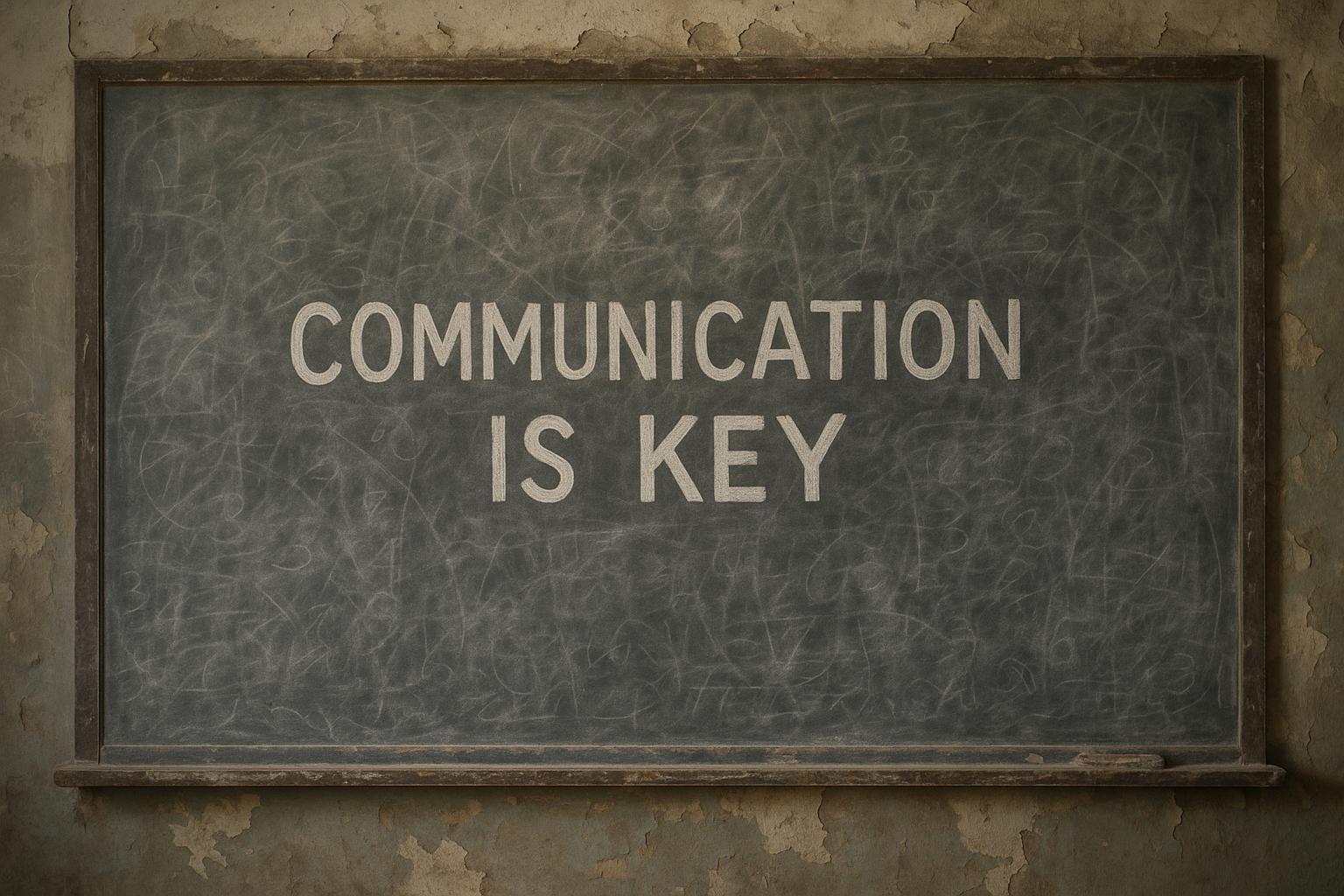Bridget Phillipson, the Shadow Education Secretary, has recently voiced her concerns about a critical issue in the education system—how schools communicate with parents. According to reports, Phillipson plans to urge schools to improve their communication as part of an upcoming white paper, aiming to address what she sees as a deterioration in relations between schools and families that has intensified since the pandemic. However, her call for "better" communication has sparked mixed feelings among parents, some of whom feel overwhelmed by the volume and nature of current communications, often characterised by excessive and sometimes ineffective email exchanges.
Parents have expressed frustration with the kind of communication schools typically send—emails filled with administrative details or urgent health warnings, often accompanied by broken links or confusing instructions. One parent described the experience as a "Schrödinger’s conundrum" of correspondence, where it’s unclear whether crucial information was received or understood, leading to stress and wasted time during already busy days. This critique highlights a deeper issue: it’s not simply that parents want more communication, but they want communication that is meaningful and focused on genuine concerns affecting their children—such as curriculum changes or addressing harmful influencers—rather than the seemingly endless stream of minor updates that clog inboxes and frustrate all involved.
At the same time, Phillipson acknowledges challenges within schools that complicate this issue. Education leaders report that they are inundated with growing numbers of parental complaints, many deemed vexatious, which significantly impacts staff time and resources. Phillipson herself noted this concern during a recent webinar with educators and is seeking input on how best to manage this increasing burden. This situation is exacerbated by other systemic pressures schools face, including understaffing, resource shortages, and high teacher turnover rates, which leave teachers stretched thin and diverted from their primary teaching responsibilities.
Phillipson’s broader agenda reflects her awareness of the multifaceted challenges affecting the education sector. She has called for a new approach to funding for children with special educational needs and disabilities (SEND), recognising the current system's failures and unsustainable strain on local authorities. In addition, she is leading efforts to recruit thousands of new teachers in an attempt to revitalise the profession and address chronic staffing shortages that have led to classrooms being managed by substitutes on the first day of term, a scenario all too familiar in many state schools.
Moreover, Phillipson is keen to shift public perception and policy towards state education, emphasising her own positive state school background and stressing the importance of creating a system that can compete with private schooling, thereby narrowing the opportunity gap for disadvantaged children. She has also urged parents to prioritise school attendance amid worrying declines since the pandemic, framing regular attendance as a shared responsibility critical to educational success.
Nevertheless, Phillipson’s push for improved school-parent communication faces significant hurdles. The reality is that schools are already stretched, often filling roles traditionally beyond their remit, including social work and mental health support, all while navigating shrinking budgets and escalating demands. The prospect of increasing communication, particularly through the often-ineffective medium of emails, risks adding to the burden without addressing the root causes of parental and staff frustration.
This complex landscape poses a challenge: any policy aimed at enhancing communication must be attuned not just to quantity but quality and relevance, ensuring that parents are genuinely informed about substantive issues that affect their children’s learning and welfare. Meanwhile, the broader systemic underfunding and resource deficits must be tackled to enable schools to serve children and families effectively, rather than overwhelming them with redundant or poorly executed communications.
📌 Reference Map:
- Paragraph 1 – [1], [4]
- Paragraph 2 – [1]
- Paragraph 3 – [2], [1]
- Paragraph 4 – [5], [6], [1]
- Paragraph 5 – [7], [4]
- Paragraph 6 – [1], [2]
Source: Noah Wire Services
